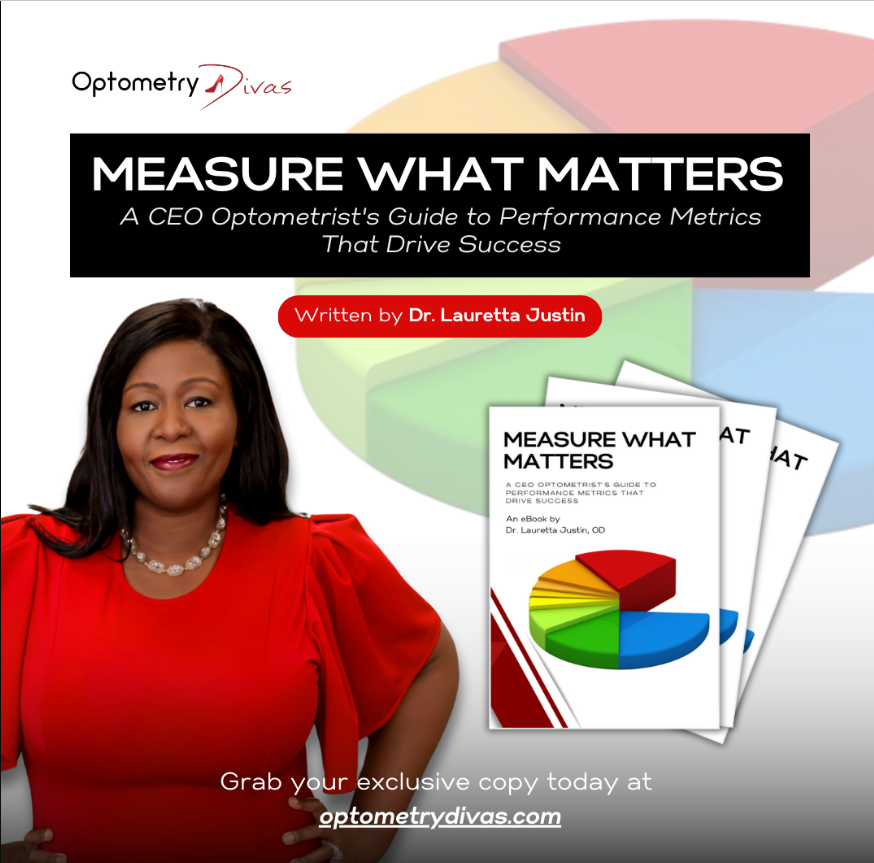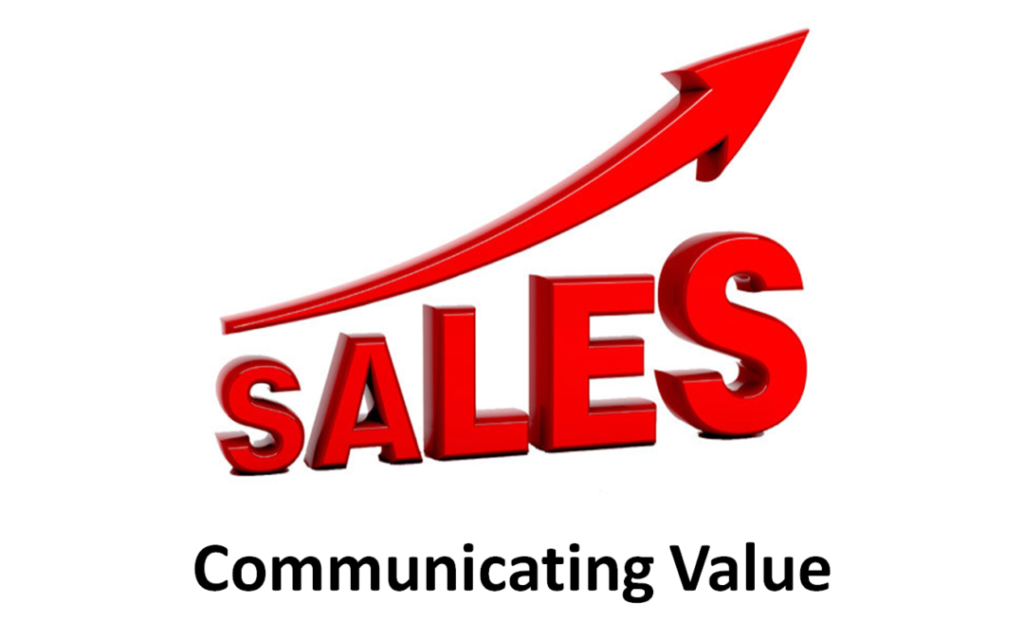5 Winning Strategies for Contact Lens Business Success – #2 – Determine a Profitable Service Fee Schedule

In this blog series, I’m sharing the 5 Winning Strategies for building a successful contact lens business. These strategies are designed to help you maximize both the patient experience and the profitability of your practice.
5 Winning Strategies for Contact Lens Business Success:
- Engineer the Contact Lens Exam Experience
- Determine a Profitable Service Fee Schedule
- Create Your Practice Contact Lens Portfolio
- Promote Your Contact Lens Clinic
- Become Data-Driven
Last week, we discussed Winning Strategy #1: Engineer the Contact Lens Experience, focusing on how to create a smooth, engaging, and educational contact lens journey for your patients from the moment they reach your office, to the follow-up care.
This week, we dive into Winning Strategy #2—determining a profitable service fee schedule for your contact lens practice.
Setting fees that are both competitive and profitable is essential to building a successful and sustainable contact lens business.
Why You Need a Profitable Service Fee Schedule
One of the most important aspects of running a profitable contact lens practice is setting your fees correctly. If your fees are too low, you won’t cover your operational costs, and if they’re too high, you risk losing patients to competitors. So how do you strike the right balance?
The key is to develop a service fee schedule that not only reflects the value of the care you provide but also ensures a healthy profit margin. The basics of business suggest that every practice should focus on offering competitive value propositions in two of the following areas:
- People (Customer Service)
- Products (Contact Lenses, Technology)
- Price (Affordable Fees)
It’s crucial to choose two out of these three areas and remain consistent with them. This strategy helps define your practice in the marketplace while ensuring profitability.
Price-Based vs. Value-Based Services
When determining your fee schedule, you can approach it in two primary ways:
- Price-Based Services
If you decide to focus on price as one of your competitive value propositions, you’ll likely attract more cost-conscious consumers. These patients are more inclined to select a practice based on price, but they may not stay loyal if they find a cheaper alternative. Competing on price alone can drive down your profit margins, especially when you are up against retail operations or online contact lens vendors. Be cautious if you choose this approach. Underpricing your services may lead to a loss of potential profit and a reliance on volume to compensate. This can lead to burnout and lower overall satisfaction for both you and your patients. - Value-Based Services
A value-based approach emphasizes the quality of your services and products, rather than focusing on the lowest price. Practices that use this model excel at creating demand through superior patient education, exceptional service, and advanced technology. Patients who see the value in these services are more likely to become loyal, long-term customers. When patients understand the benefits and the expertise involved in their care, the fee becomes less of a deciding factor. Example: Through consistent patient education and marketing, your patients will ask for specific contact lens services before you even offer them. In this scenario, you don’t need to sell them on the service—they’re already convinced of its value.
How to Determine Your Service Fees: A Combined Approach
While both pricing strategies have their merits, I recommend taking a combination approach. You want to remain within a competitive range for your local market, but you also need to ensure that your fees are structured to be profitable.
To do this, your service fees for the initial contact lens exam must be calculated to include a built-in profit margin. Here’s how to determine a profitable service fee schedule:
Service Fee Calculation Formula
Use the following formula to calculate your fees based on the costs of running your practice:
Service Fees = (Chair Time * Number of Visits * Operational Cost) * Profit Markup
Let’s break that down:
- Chair Time: How long the exam takes per visit
- Number of Visits: How many appointments are included in the fee
- Operational Cost: Your cost per minute to run the practice
- Profit Markup: The multiplier for profit
Here’s an example of how this might look for a standard contact lens exam:
| Exam Type | Chair Time (min) | Number of Visits | Operational Cost (per min) | Profit Markup | Service Fee |
|---|---|---|---|---|---|
| Standard CL Exam | 20 | 2 | $2.50 | 1.25 | $125.00 |
- Service Fee Calculation: (20 minutes * 2 visits * $2.50) * 1.25 = $125.00
- Market Range: $69 – $199
- Final Service Fee: $125
By following this calculation model, you ensure that your fees cover operational costs and include a profit margin. While it’s important to remain competitive within your local market, never undervalue the services you provide. Properly educating your patients on the benefits and value of their contact lens evaluation will justify your fees and ensure long-term profitability.
The Importance of Patient Education
Setting the right fees is only part of the equation. Equally important is educating your patients on why your contact lens exams are worth the investment. Clearly communicate the value of your services, the precision of your diagnostic tools, and the quality of care they will receive. When patients understand the full scope of what you offer, price becomes secondary to the value of the service.
Stay Tuned for Strategy #3
In next week’s blog, we’ll cover Strategy #3: Create Your Practice Contact Lens Portfolio, where we’ll discuss how to diversify and optimize your contact lens offerings for greater patient satisfaction and business success.
Join the Optometry Divas Community!
For more tips on how to build a profitable and fulfilling contact lens practice, join our thriving community of professionals.
Until then, continue to Empower, Connect, and Promote each other’s success.
References
Kading, D. L. (2008). Contact Lens Spectrum





Responses